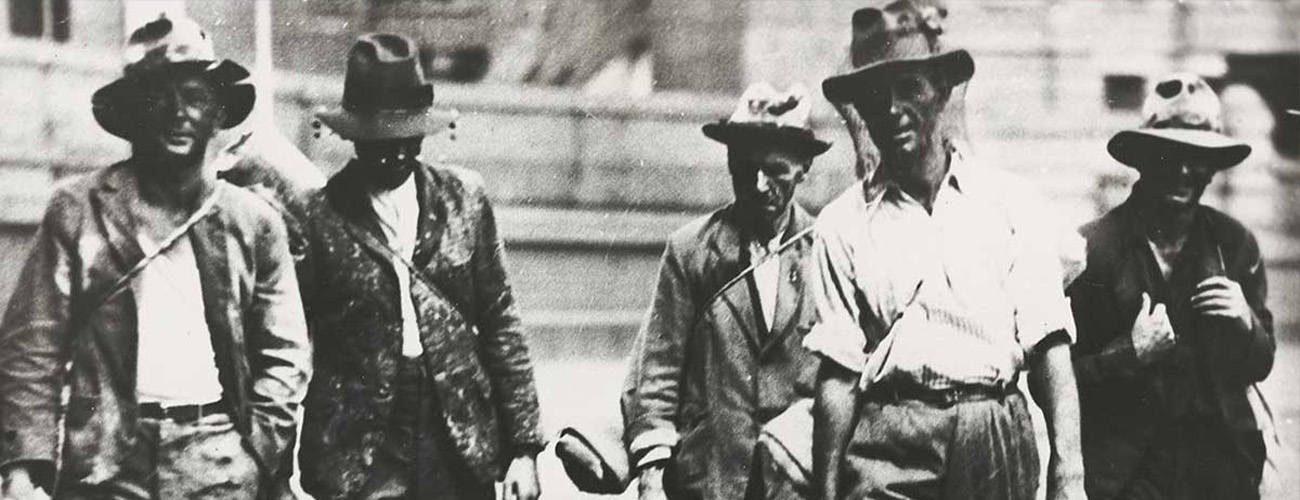
Syllabus Topic
National Studies
Option A: Australia 1918-1949
Survey
Changing face of Australia in the 1920s, including:
Government policy 1918-1949, including:
Post-World War II influences, including:
After World War I ended in 1918, Australia lost over 60,000 soldiers. The return of soldiers brought challenges in employment, healthcare, and reintegration. The country also faced economic instability, with inflation and strikes affecting various sectors. Although efforts were made to modernise industries and promote immigration, deep social and economic divisions remained.
The Great Depression and Political Change
The Great Depression hit Australia hard when unemployment reached 32% in 1932, leaving many families in poverty. Protests, strikes, and political tensions grew. The government responded with strict expenditure controls, but there were ongoing disagreements on how to manage the crisis. The hardships of this time led to greater government involvement in welfare and laid the foundations for later reforms.
Australia in World War II
In 1939, Australia joined World War II alongside Britain. The war changed everyday life—men were sent to fight, many women joined the workforce, and industries redirected to support the war. The bombing of Darwin in 1942 and the threat of Japanese invasion brought the war close to home. Australia began to rely more on the United States for military support, shifting its foreign policy away from Britain.
Social and Political Transformation
During this time, Australian society began to transform. The roles of women expanded, Indigenous Australians participated in the war despite discrimination, and migration policies started to shift. Politically, the war strengthened the role of the federal government, leading to new social policies, such as welfare support and post-war reconstruction plans.
The 1949 Election and a New Era
In 1949, the Liberal Party under Robert Menzies defeated the Labor government, marking a shift in Australia’s political direction. Menzies focused on development, stability, and anti-communist policies. The election signaled the end of a tough time and the beginning of post-war recovery and modernisation.
Conclusion
Between 1918 and 1949, Australia experienced multiple global conflict and economic crisis. These challenges reshaped a stronger national identity, led to increased independence from Britain, and prepared the country for future growth. The period was marked by resilience, change, and the beginning of Australia’s transformation into a modern nation.
SOURCES:
Australian War Memorial: World War I
National Museum Australia: The Great Depression
Britannica: World War II
AIATSIS: Indigenous Australians
Britannica: Robert Menzies
Image sourced from: https://www.nma.gov.au/defining-moments/resources/great-depression
Men looking for work, 1930. National Library of Australia obj-141685124